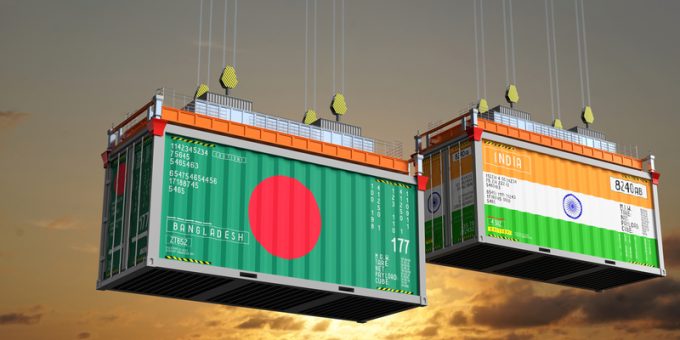SolitAir betting on India with $25m investment pledge
India is going to be the key market for start-up SolitAir, a Dubai-based cargo airline ...

Indian apparel industry stakeholders appear to have tasted some early incremental gains from the turmoil plaguing Bangladesh trade after the recent political upheaval that dethroned the government.
According to the latest data, India’s ready-made garment (RMG) exports, by value, in August surged 12% year on year, the highest monthly expansion in the fiscal year that began in April.
“While the global garment sourcing [sector] is realigning, we are ready to play a significant role,” said Sudhir Sekhri, chairman of India’s Apparel Export ...
Amazon pushes into LTL for small package fulfilment and UPS does a u-turn
New senior management for DSV as it readies for DB Schenker takeover
Volumes set to 'fall off a cliff' as US firms hit the brakes on sourcing and bookings
Asian exporters scramble for ships and boxes to beat 90-day tariff pause
Temporary tariff relief brings on early transpacific peak season
'Tariff madness' will prompt renegotiation of ocean shipping contracts
Forwarders 'allowing the fox into the chicken run' by supporting 'hungry' carriers
Response to tariffs by Chinese importers may see extra costs for US shippers


Comment on this article